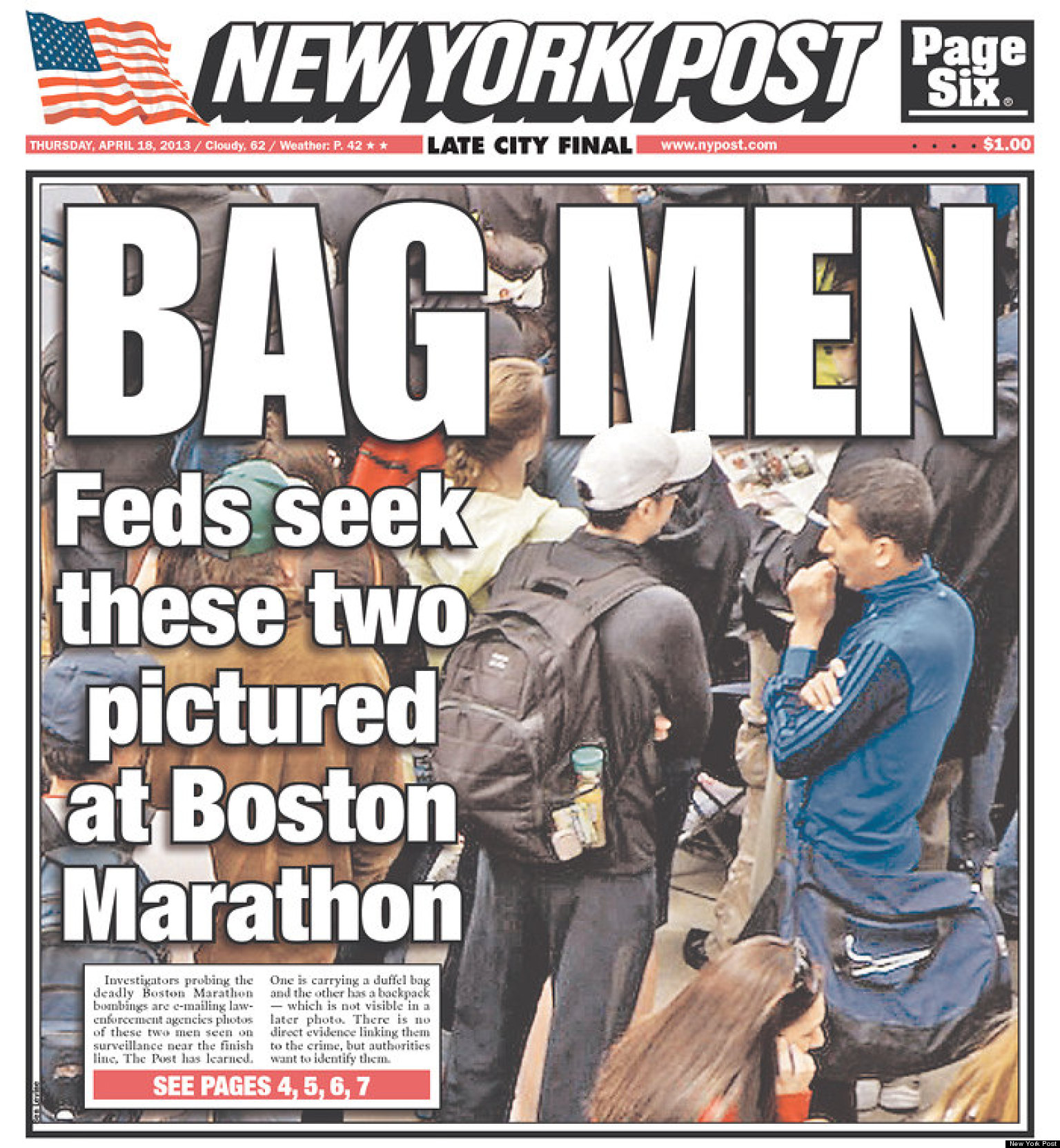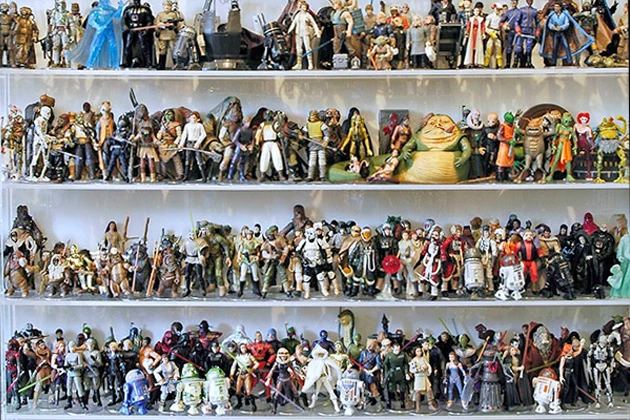Communication
evolved from pictures on a wall to a mass connected web that reaches all over
the world all at the same time. Considering where we came from, the future of convergence
is unimaginable. The printing press was revolutionary for communication. We created
books, letters, newspapers, and magazines etc, all combinations of words that
connected us. Now we are connected by an
invisible wave that transmits the communication through computers, phones, and
video games. Considering where we have come from, the best assumption to make
is that the physical components that are apart of communication will not exist.
Cell
phones, computers and TV’s have become smaller and smaller with the advancement
of technology. The smaller it is the better it has become. If that trend keeps
going eventually smaller products will become nonexistent products but invisible
waves that allow us to teleport in a click of a button. Imagine going to China
from New York in 5 minutes; Or entering a digital space with your Chinese
friends to interact with each other face to face.
The digital world is a jump away in the year 2350
Technology
is so advanced that this arguably the only place where it can advance to next.
The internet will be web destinations that it will be possible to go to. For example
if someone wanted to go to WWW. Shopshoes.com, they would have the opportunity
to literally go to that digital space. Surfing the internet would become more
than just a saying.
In
gaming users could become even more interactive. Nintendo Wii and other games
like the Wii are integrative with users. This is the beginning of what
interactive gaming could look like in the future.
Gamers could live in a
actually game where they are the players and not just playing the game. Ordinary people could live in a game where dinosaurs chases them around in the jungle. Basketball fans could play basket ball with Micheal Jordan and Scotty Pipin.
-Abelow Dan, "If our future is digital" Wire.com, http://www.wired.com/2014/04/future-digital-will-change-world/












